
Blog
How to Optimize Your Solar Panel Structure for Maximum Energy Efficiency
As the world increasingly turns to renewable energy sources, optimizing solar panel structure becomes critical for maximizing energy efficiency. According to the International Energy Agency (IEA), solar energy capacity reached over 800 gigawatts globally in 2020, demonstrating a strong growth trajectory that underscores the importance of efficient solar technologies. Research indicates that the way solar panels are structured—considering factors such as angle, spacing, and materials—can enhance energy capture by up to 25%. Furthermore, optimizing the solar panel structure not only improves energy output but also contributes to the longevity and performance stability of the installation, making it a key focus area for both residential and commercial applications. As innovations in solar technology continue to evolve, understanding and implementing best practices for solar panel structure will be essential for maximizing the return on investment in solar energy systems.
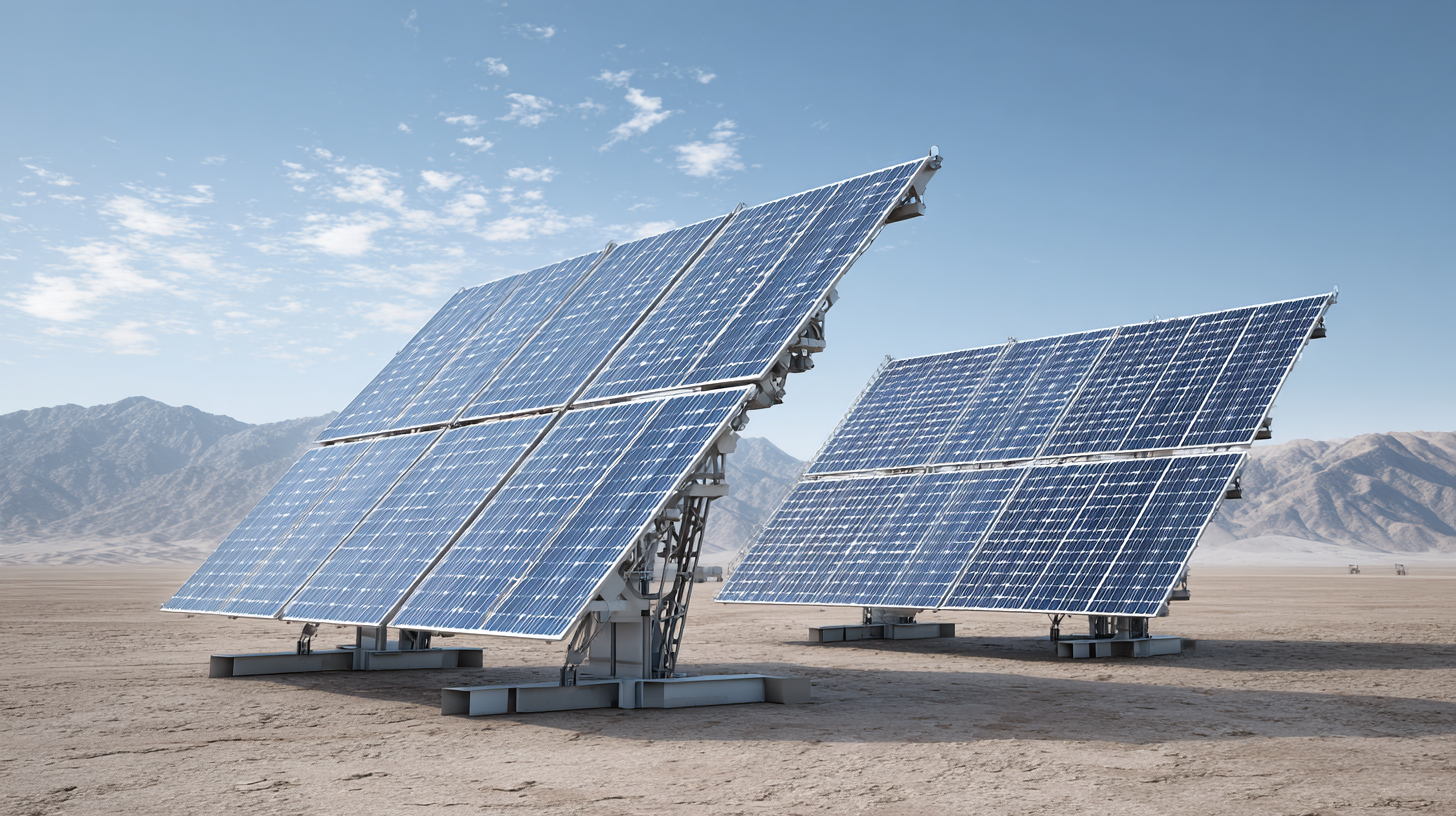
Strategies for Choosing the Optimal Location for Solar Panels Based on Sun Exposure Data
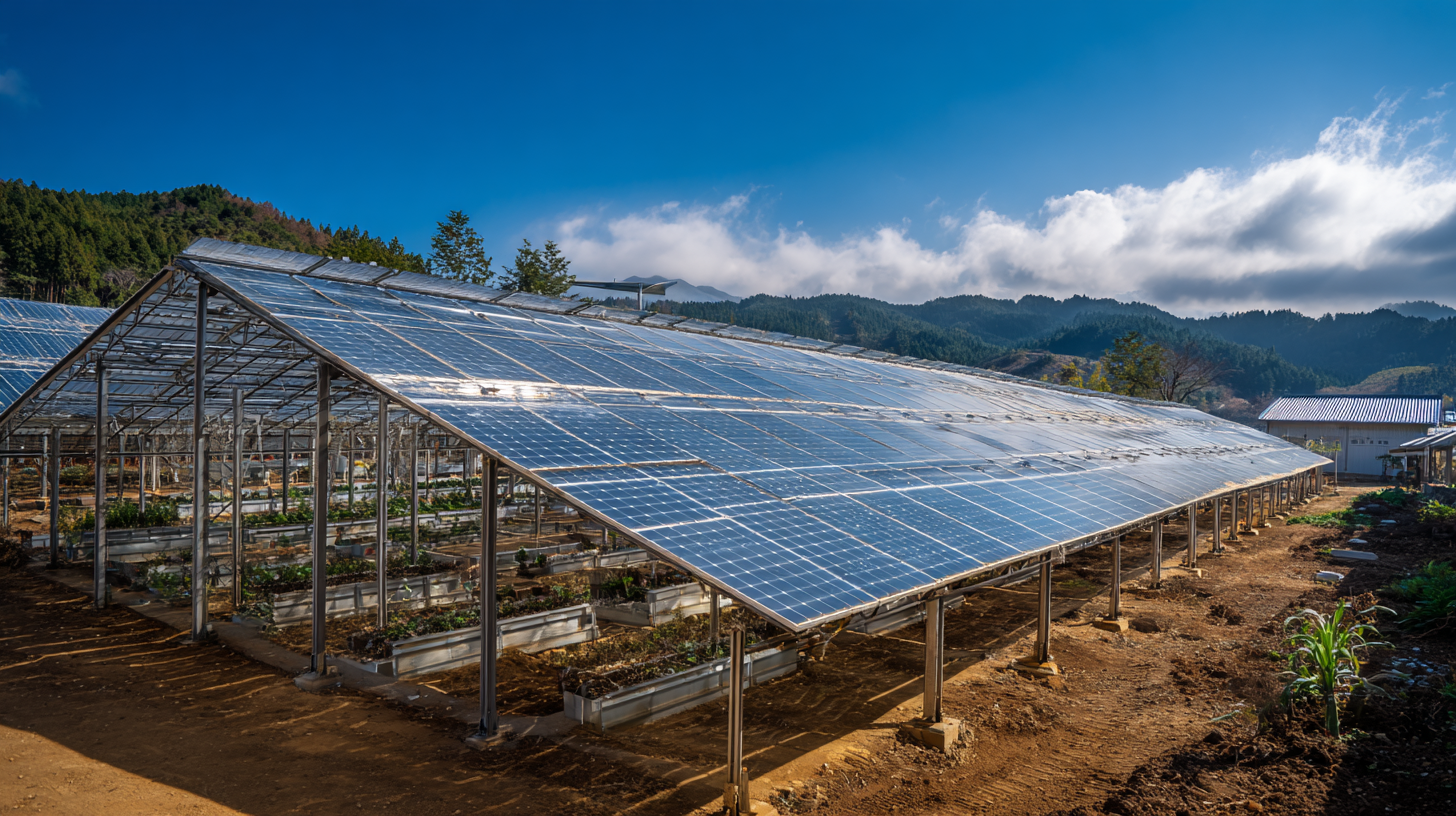 Choosing the optimal location for solar panels based on sun exposure data is critical for maximizing energy efficiency. Recent analyses highlight that solar rooftop potential varies significantly across different regions, with factors such as rooftop size, shading, and orientation playing essential roles. For instance, a comprehensive study indicates that rooftops in urban areas can yield up to 30% more energy when properly assessed and selected based on their sun exposure profiles. This kind of geospatial analysis is vital for identifying rooftops suitable for solar installations that can substantially contribute to reducing CO₂ emissions.
Choosing the optimal location for solar panels based on sun exposure data is critical for maximizing energy efficiency. Recent analyses highlight that solar rooftop potential varies significantly across different regions, with factors such as rooftop size, shading, and orientation playing essential roles. For instance, a comprehensive study indicates that rooftops in urban areas can yield up to 30% more energy when properly assessed and selected based on their sun exposure profiles. This kind of geospatial analysis is vital for identifying rooftops suitable for solar installations that can substantially contribute to reducing CO₂ emissions.
Moreover, integrating solar energy with hybrid systems can amplify the benefits of optimal site selection. Research on PV-Diesel-Battery hybrid systems reveals that optimizing location and installation techniques—like solar tracking—can improve energy output and economic performance. Such systems not only enhance energy access but also support sustainable development by addressing challenges linked to renewable energy deployment. The synergy of solar and wind resources, as identified in recent reviews, points to a dynamic approach that harnesses geographical advantages while minimizing land use conflicts.
Best Practices for Solar Panel Orientation to Maximize Energy Capture and Minimize Shading
When optimizing your solar panel structure, the orientation of your panels plays a crucial role in maximizing energy capture. Ideally, solar panels should be positioned to face true south in the northern hemisphere and true north in the southern hemisphere. This orientation allows the panels to receive the most sunlight throughout the day, particularly during peak hours. The angle of inclination is also significant; a tilt that matches your geographic latitude usually ensures optimal performance, helping your panels harness as much solar energy as possible.
Minimizing shading is another key factor in improving energy efficiency. Trees, buildings, or other obstructions can significantly reduce the sunlight that reaches your panels, leading to decreased energy output. To prevent shading, it is essential to assess the environment around your installation site. If possible, select a location that offers an unobstructed view of the sun throughout the day. Regular maintenance, such as trimming nearby vegetation and cleaning the panels, can further enhance performance by ensuring maximum exposure to sunlight.
Understanding the Role of Tilt Angle in Solar Panel Efficiency: Guidelines and Recommendations
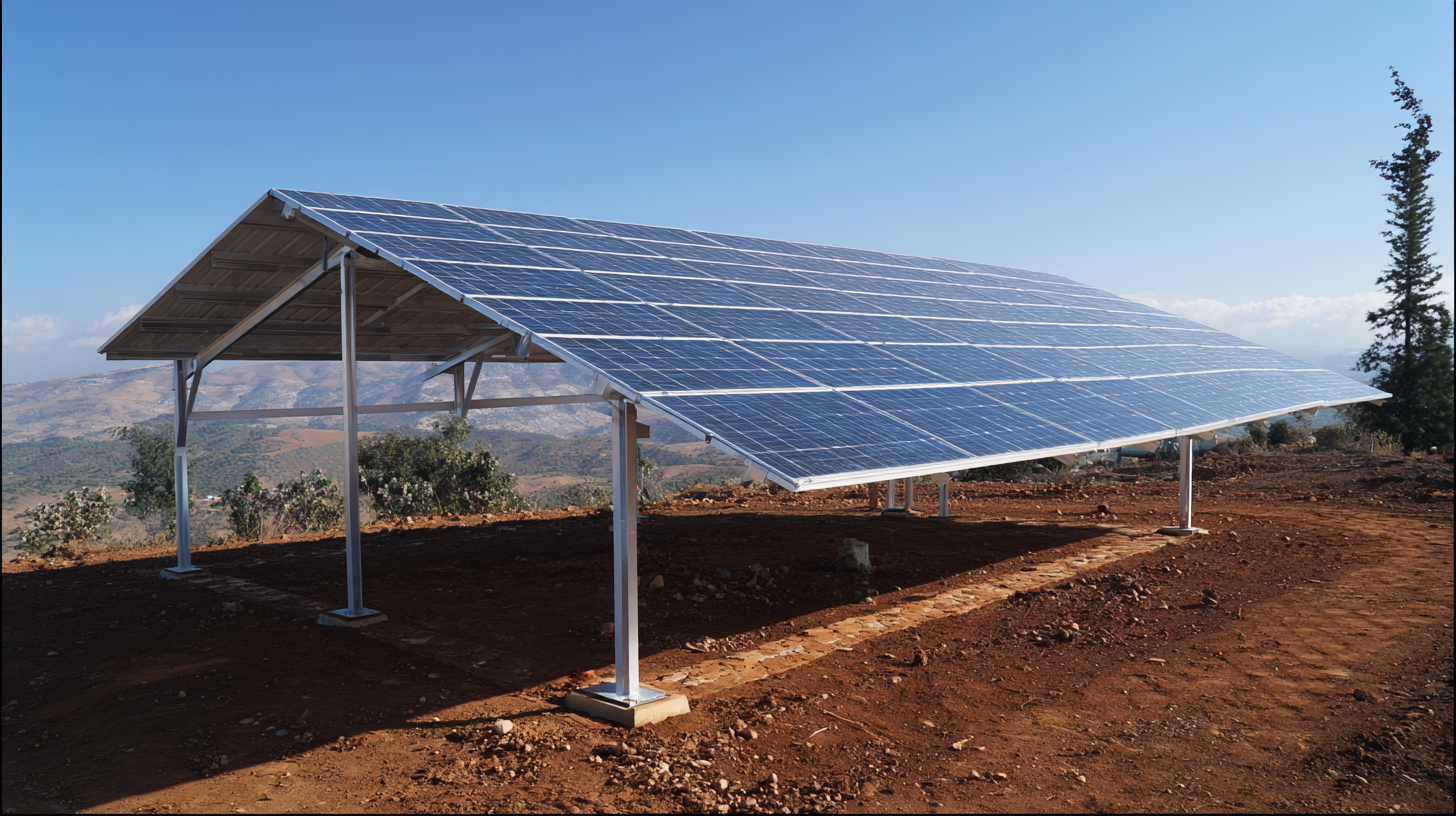 The tilt angle of solar panels plays a crucial role in optimizing energy production. The ideal angle generally depends on your geographical location and the time of year. For instance, in temperate regions, a tilt angle close to your latitude can significantly enhance energy absorption. During summer months, tilting the panels slightly away from the sun can maximize efficiency, while in winter, a steeper angle can ensure the panels are cleared of snow and debris.
The tilt angle of solar panels plays a crucial role in optimizing energy production. The ideal angle generally depends on your geographical location and the time of year. For instance, in temperate regions, a tilt angle close to your latitude can significantly enhance energy absorption. During summer months, tilting the panels slightly away from the sun can maximize efficiency, while in winter, a steeper angle can ensure the panels are cleared of snow and debris.
Tips for optimizing your solar panel tilt include adjusting the angle seasonally. This can be done manually or by installing adjustable mounts that allow for easy repositioning. Additionally, consider the shading from nearby structures or trees, as this can impact efficiency. Regular maintenance and cleaning of panels are also essential, as dirt and dust can blanket the surface, leading to reduced sunlight absorption.
Lastly, employing tools or software to analyze solar radiation data in your area can help determine the most effective angles throughout the year. This precise adjustment not only maximizes energy harvest but also prolongs the lifespan of the solar system by ensuring consistent performance.
Material Selection for Solar Panel Structures: Impact on Durability and Performance
Selecting the right materials for solar panel structures is crucial for achieving both durability and performance. The choice of materials influences not only the lifespan of the structure but also its ability to withstand environmental stresses such as wind, rain, and temperature fluctuations. For instance, using high-quality aluminum or galvanized steel can enhance structural integrity and resistance to corrosion, ensuring that the solar panels remain securely mounted over time and perform optimally.
In addition to structural integrity, the material selection also affects the thermal efficiency of the solar panels. Materials with low thermal conductivity can help maintain a more stable temperature, reducing heat build-up and improving energy conversion efficiency. Moreover, integrating advanced composite materials can provide lightweight yet strong solutions that minimize the overall weight on supporting structures while maximizing energy absorption. By carefully evaluating and selecting materials, one can significantly impact the performance and longevity of solar panel installations, ultimately leading to increased energy efficiency and cost savings in the long run.
Incorporating Energy Storage Solutions to Enhance the Efficiency of Solar Power Systems
Incorporating energy storage solutions is crucial for enhancing the efficiency of solar power systems. By utilizing battery storage, homeowners can store excess energy generated during peak sunlight hours for use during the night or cloudy days. This not only maximizes the use of solar energy but also minimizes reliance on grid electricity, leading to significant cost savings and better energy management.
**Tips:** When selecting energy storage systems, consider lithium-ion batteries due to their high energy density and longer lifespan. Make sure to take into account the size of your solar panel system and your energy consumption patterns to choose a battery that meets your needs. Additionally, investing in smart technology can help monitor and optimize energy usage effectively.
Moreover, integrating energy storage with smart inverter technology can further enhance performance. Smart inverters facilitate real-time data monitoring, allowing users to adjust their energy consumption based on availability. By understanding when solar energy is most abundant and optimizing usage accordingly, you can significantly boost the overall efficiency of your solar power system.
**Tips:** Regularly analyze your energy consumption data to identify peak usage times and adjust settings on your storage system to align with these patterns. Establish a maintenance routine to ensure that your solar panels and storage systems operate at peak efficiency, as this can greatly affect energy output and savings.
How to Optimize Your Solar Panel Structure for Maximum Energy Efficiency - Incorporating Energy Storage Solutions to Enhance the Efficiency of Solar Power Systems
| Dimension | Value | Notes |
|---|---|---|
| Panel Tilt Angle | 30° | Optimal for North Latitude |
| Energy Storage Capacity | 10 kWh | For residential use |
| Average Daily Energy Production | 25 kWh | Based on 5 hours of sunlight |
| Inverter Efficiency | 95% | Standard efficiency range |
| Expected Lifespan of Panels | 25 years | Average warranty period |
Related Posts
-

Unlocking the Advantages of Solar Engineering for Sustainable Energy Solutions
-

Ultimate Checklist for Choosing the Right Solar Power Solutions for Your Business Needs
-

Innovative Green Energy Alternatives Shaping the Future of 2025 Technology Trends
-
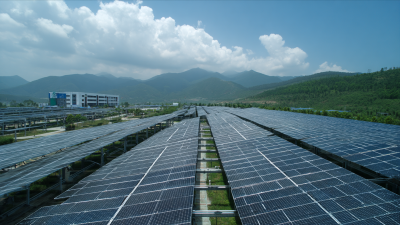
Uncover the Excellence of Best Solar Engineering from Chinas Leading Manufacturers
-
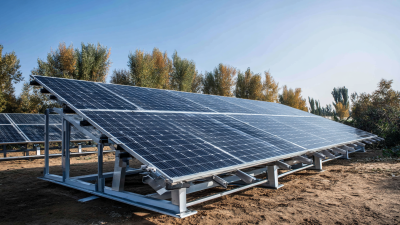
How to Choose the Most Effective Solar Panel Mounting Structure for Your Needs
-
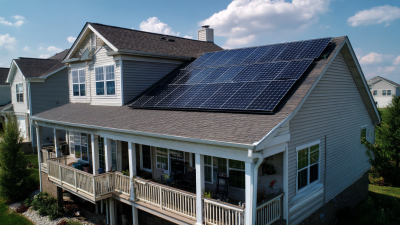
How to Efficiently Plan Your Solar Panel Installation for Maximum Energy Savings